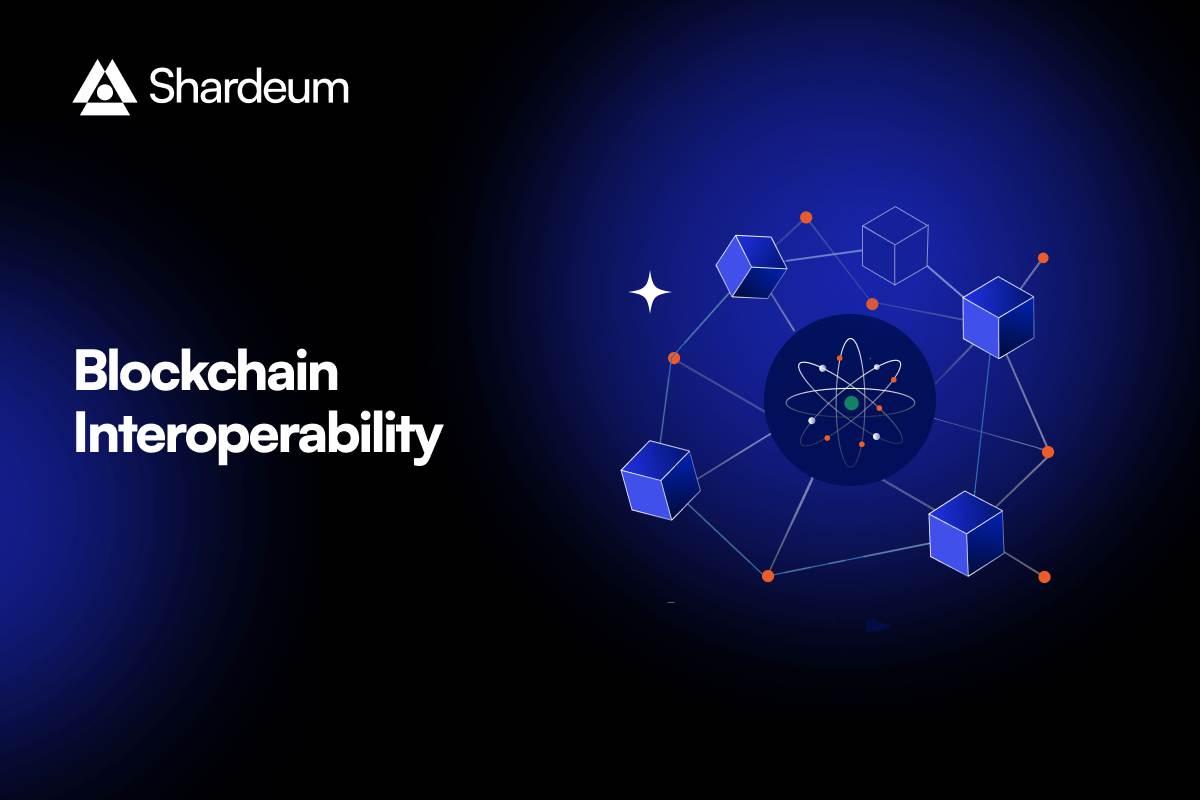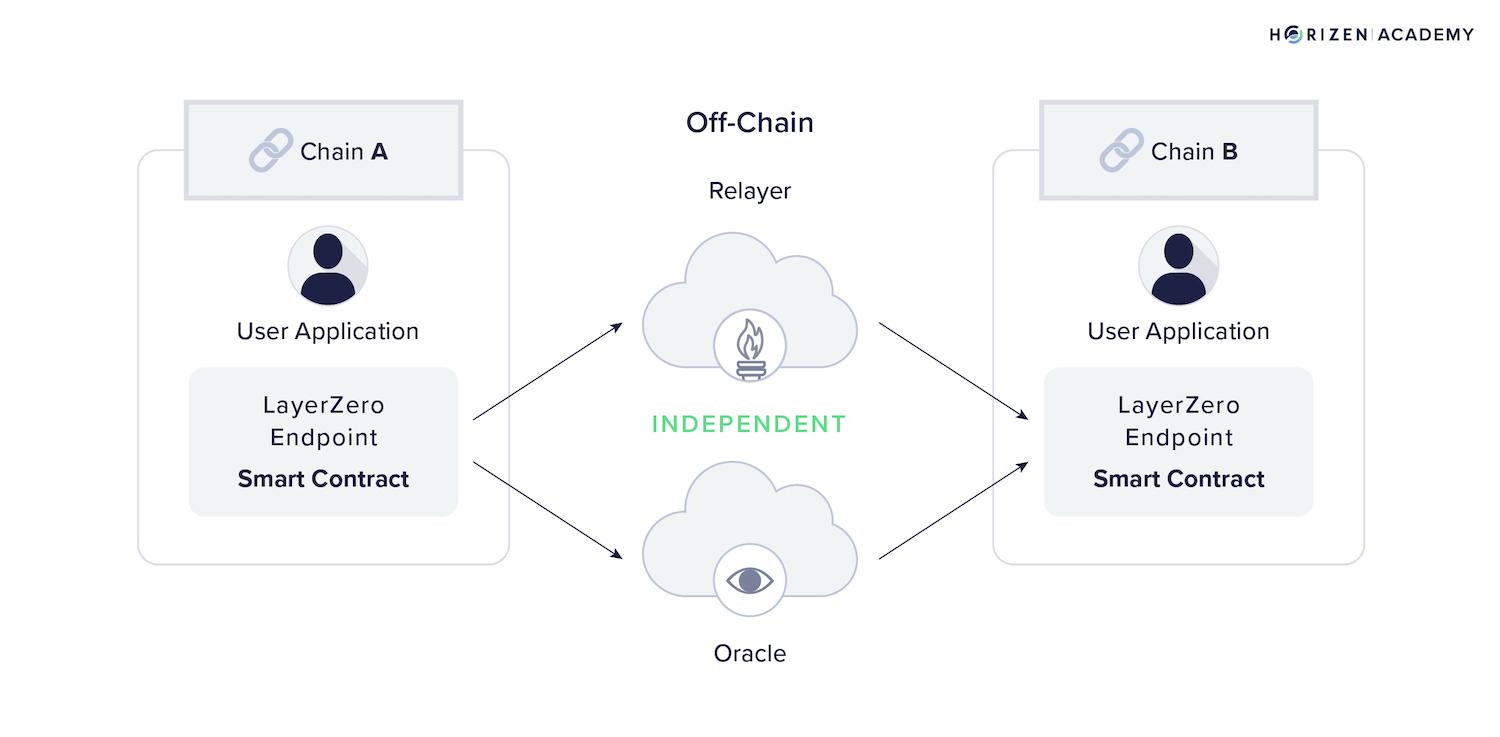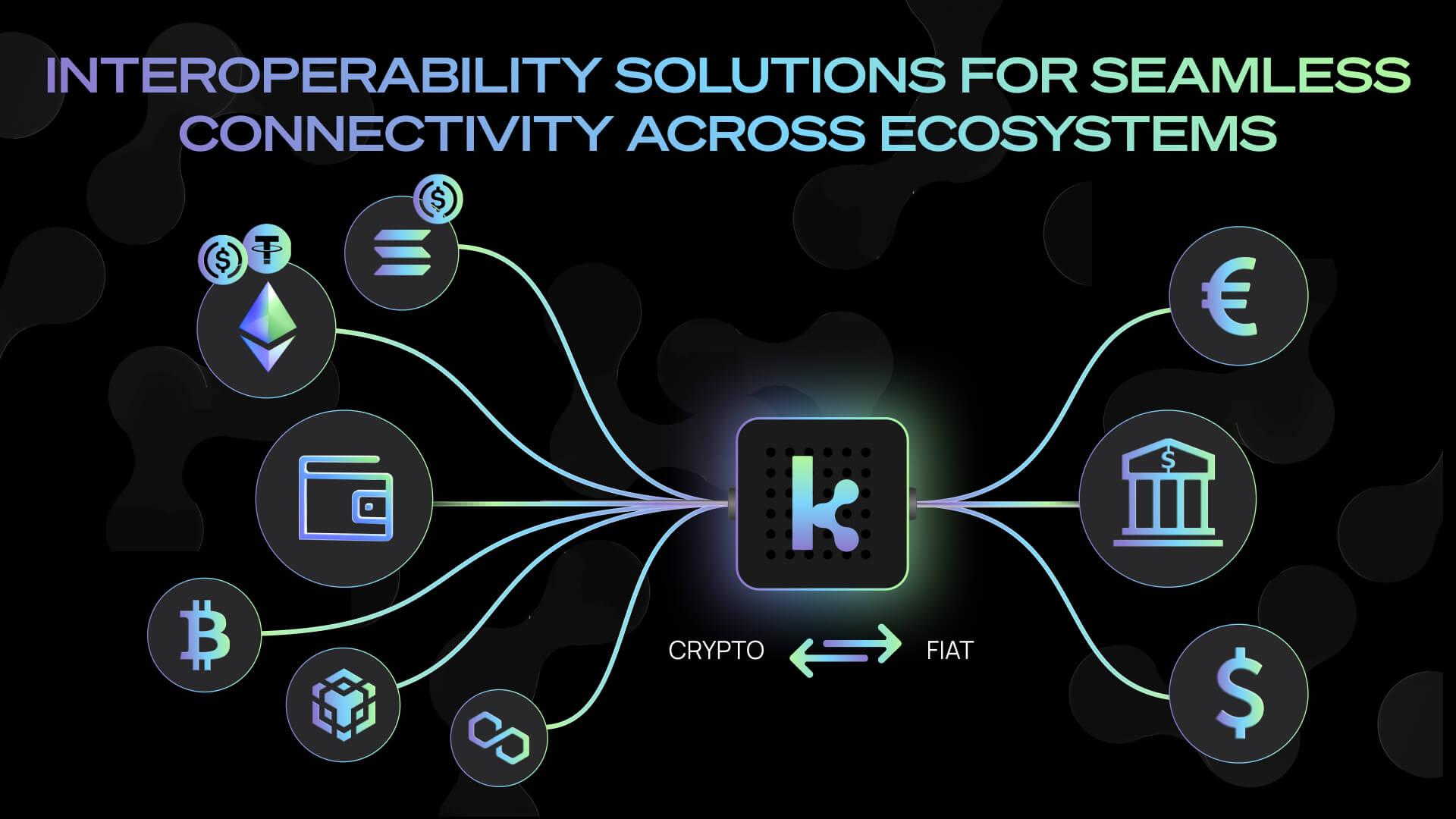In an ever-evolving digital landscape, where innovation and decentralization reign supreme, the promise of blockchain technology stands at the forefront of societal transformation. However, despite its transformative potential, the blockchain ecosystem is still marred by fragmentation—countless networks operating in silos, each with their unique protocols and functionalities. This division is not just an obstacle; it hinders the progression of the entire industry, stifling collaboration and curtailing the immense opportunities that interoperability could unlock. “Bridging the Gap: Unlocking Blockchain Interoperability” delves into the critical importance of fostering connections between disparate blockchain networks. As we explore the challenges, potential solutions, and groundbreaking projects paving the way, we invite you to envision a future where seamless interaction and collaboration redefine the boundaries of what blockchain can achieve. Embrace the journey towards a more interconnected world, where the true power of blockchain can be unleashed for the benefit of all.
Table of Contents
- Exploring Current Challenges in Blockchain Interoperability
- Innovative Solutions for Seamless Cross-Chain Communication
- Key Protocols and Standards Shaping a Unified Blockchain Future
- Strategic Recommendations for Enhancing Interoperability Across Networks
- The Way Forward

Exploring Current Challenges in Blockchain Interoperability
As the blockchain ecosystem expands, the challenge of interoperability between disparate networks becomes increasingly pressing. A lack of standard protocols and frameworks hinders seamless data exchange and communication, leading to inefficiencies that could impede adoption rates. Key hurdles include:
- Incompatible consensus mechanisms, causing friction in transaction validations across networks.
- Insufficient governance models that fail to address visibility and trust issues.
- Scalability concerns as more networks attempt to communicate without adequate infrastructure.
Moreover, security risks are amplified in a multi-chain environment. With diverse systems interacting, the potential attack vectors increase, making it crucial for developers to ensure robust security practices. Understanding and addressing these challenges is essential for driving the future of blockchain technology. An overview of some prevalent interoperability solutions includes:
| Solution | Description |
|---|---|
| Cross-chain Bridges | Facilitating transactions between two blockchain networks. |
| Atomic Swaps | Allowing peer-to-peer trading of cryptocurrencies across different chains without intermediaries. |
| Interchain Protocols | Standardizing communication methods for multiple blockchains. |

Innovative Solutions for Seamless Cross-Chain Communication
In the ever-evolving landscape of blockchain technology, the need for seamless communication between different chains has never been more pressing. Various innovative solutions are emerging to address this challenge, enabling decentralized networks to interact effortlessly. These solutions include:
- Cross-Chain Protocols: These frameworks allow multiple blockchains to communicate and share data, enhancing interoperability.
- Atomic Swaps: This technology enables the exchange of cryptocurrencies from different chains without the need for a centralized intermediary.
- Bridges: By acting as conduits, they facilitate the transfer of assets and information across blockchains, ensuring smoother transactions.
Moreover, smart contracts play a pivotal role in facilitating these interactions, automating and securing exchanges on various platforms. By implementing decentralized oracles, which feed real-world data into smart contracts, projects can expand their functionality and real-time communication. Consider the following table showcasing some key players in the cross-chain communication landscape:
| Project | Technology | Features |
|---|---|---|
| Polkadot | Relay Chain | Parachains, Shared Security |
| Cosmos | IBC Protocol | Modular Architecture, Customizable Chains |
| Thorchain | Liquidity Protocol | Cross-Chain Swaps, Non-Custodial |

Key Protocols and Standards Shaping a Unified Blockchain Future
In the quest for a cohesive blockchain ecosystem, several protocols and standards have emerged as crucial players in the interoperability landscape. These initiatives aim to create seamless bridges between disparate blockchain networks. Interledger Protocol (ILP), for instance, enables transactions across different ledgers, serving as a connector for various blockchains to communicate and exchange value effortlessly. Alongside ILP, Hyperledger Fabric offers a modular architecture to create permissioned networks that prioritize both security and scalability, thus paving the way for enterprise adoption. Meanwhile, Cosmos introduces the concept of zones and hubs, which encourages the development of specialized blockchains that can interact securely with one another, effectively transforming the traditional barriers of interoperability into avenues for collaboration.
Moreover, the rise of ERC-20 and ERC-721 standards on Ethereum has revolutionized token interoperability, facilitating the creation of fungible and non-fungible tokens that can transcend platforms. These standards promote an environment where liquidity can flow freely and assets can be traded across various decentralized applications. Additionally, emerging protocols like Polkadot enhance interoperability by allowing multiple blockchains to operate in parallel, each with its unique functionalities while still being able to share information. The synergy between these protocols is instrumental in driving the blockchain industry toward a more unified future, where diverse networks work in concert rather than isolation.

Strategic Recommendations for Enhancing Interoperability Across Networks
To enhance interoperability across blockchain networks, a multi-faceted approach should be adopted that encourages collaboration between different protocols. First, fostering an environment for standardization is critical. This can be achieved through the establishment of industry-wide consensus on data formats and communication protocols, enabling seamless data exchange and reducing friction in cross-chain interactions. Key strategies to accomplish this include:
- Developing common frameworks and guidelines for network integration.
- Encouraging consortiums or coalitions that focus on interoperability standards.
- Promoting open-source initiatives to leverage transparency and community collaboration.
Additionally, enhancing cross-chain operability through technological advancements is imperative. This involves utilizing bridging solutions and atomic swaps to facilitate transactions between differing blockchain ecosystems. Companies should prioritize investing in innovative technologies that can simplify connection points among networks. Recommendations for implementation could include:
| Strategy | Description |
|---|---|
| Bridges | Create secure and efficient connections between distinct blockchains. |
| Middleware Solutions | Develop applications that serve as intermediaries for enhanced communication. |
| Governance Models | Implement decentralized governance to adapt dynamically to interoperability needs. |
The Way Forward
As we stand at the crossroads of technological evolution, the journey toward blockchain interoperability beckons—a path laden with potential yet fraught with challenges. Bridging the gap between disparate chains is not merely a technical endeavor; it is a call to unite diverse ecosystems into a harmonious symphony of collaboration and innovation.
In unlocking this interoperability, we can not only enhance the functionality of blockchain networks but also empower businesses, individuals, and communities to harness the full spectrum of possibilities that decentralized technology offers. The promise of a connected blockchain future, where assets, data, and ideas flow freely across various platforms, is within our grasp.
As we continue to explore and innovate, let us remain mindful of the power of collaboration, open standards, and community engagement. Together, we can build a more inclusive and efficient digital landscape, one where the barriers that once separated us dissolve in the tide of interoperability. The journey may be complex, but the rewards are immense, paving the way for a revolutionary leap forward in how we interact, transact, and thrive in this new digital age.






